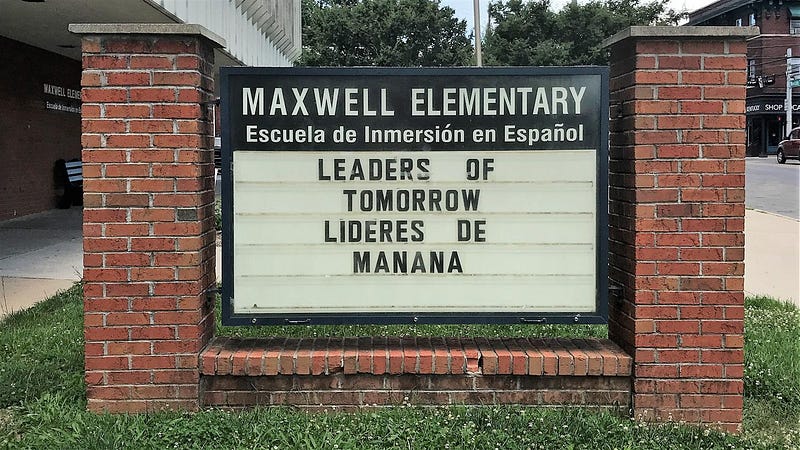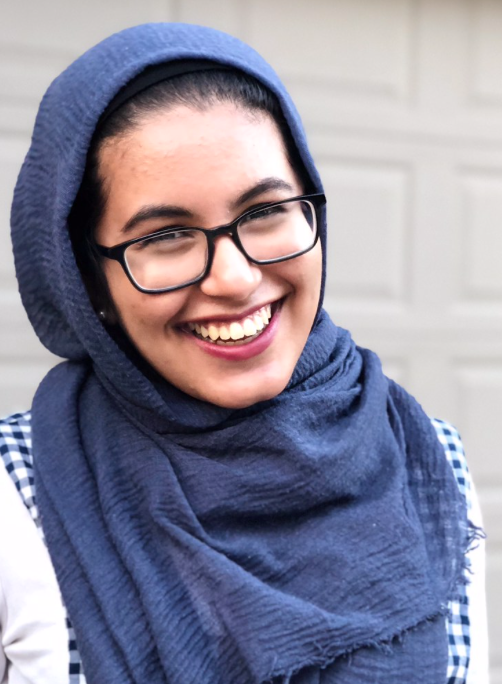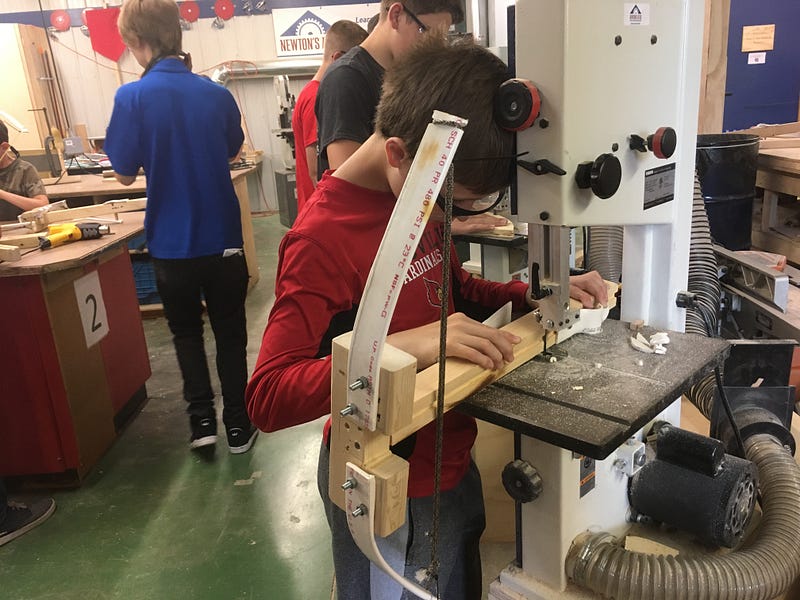America is in a bubble and English is our force field.
No matter where an American travels, they’ll almost always find someone who speaks English. Whether they’re in the streets of Paris or the mountains of Peru, there will always be a response to their slightly desperate, “Does anyone here know English?” As a whole, we’ve become comfortable in our knowledge that knowing another language isn’t really necessary to get around the world. We have a lax education system to thank for that.
Across America, the practice of teaching second languages hasn’t been standardized. There is no set time that a student begins to learn their second language. The age at which we start language instruction is highly dependent on the resources of our school, the political climate of our district, and the amount of qualified personnel available. In schools in lower-income neighborhoods, language instruction often doesn’t start until the 10th grade. In higher-income schools, it can begin as early as kindergarten.
We’ve become comfortable in our knowledge that knowing another language isn’t really necessary to get around the world.
Though this can be interpreted as another example of the startling inequity among our schools — a multifaceted behemoth of a problem — this lack of standardization and access to high level language learning puts many at a further disadvantage. Without strong emphasis or direction on the part of national education leaders, we’ve been closed off from the unique cultural enrichment that can only come from learning how members of other cultures speak. In an increasingly diverse society, cultural sensitivity is integral to basic communication skills.
Lack of cultural awareness isn’t the only problem posed by inadequate language education; there are mental drawbacks, as well. Learning a second language, especially at a young age, is one of the best things we can do for our brains. It forges neural pathways, increases the elasticity of our thought, and improves our ability to learn new material quickly. Research has shown that after the age of seven, the ability to quickly learn and reproduce new sounds declines rapidly, making the acquisition of new languages more challenging as the years progress. This makes the practice of starting second language learning in later years even more disadvantageous.
In an increasingly diverse society, cultural sensitivity is integral to basic communication skills.
No matter what age children start to learn a language, our education system is improperly equipped to efficiently help students achieve native-like fluency. Linguists agree that the best way to learn a language is to practice in environments where the student is immersed in the language for regular amounts of time. Though immersion programs are expanding rapidly, the vast majority of students in language classes aren’t in immersion schools. They’re in standard classrooms, methodically learning in the same way they rotely memorize a historical fact or a scientific equation. This is incredibly ineffective, given that no native speaker of a language will ever quiz someone on the minute details of their grammar. Rather, students must have the experience of imperfectly practicing communication with fluent speakers as frequently as possible in order to simulate the real life situations that are most likely to occur.

Though immersion programs continue to rise in popularity, as well they should, they’ve come under attack by English-only advocates. People of this mindset believe that in a rapidly globalizing world, the only language worth knowing is English, and that any inclination towards broadening children’s perspectives of the world is unpatriotic. In San Diego, students staged a walkout after a teacher urged a student to “speak American.” In this school district, there had already been pushback against the immersion school from a board member who said that children on the playground were speaking “too much Spanish.” This narrow-mindedness seen in San Diego is especially problematic in the case of dual-immersion programs, in which native English speakers are put in schools with equal ratios of native speakers of other languages. Rather than separating the students in the latter group into English Learner (EL) classes, as most schools would do, they are fully integrated into regular classes, half of which are in English and half of which are in the target language. These schools serve a multitude of purposes: they effectively teach two groups of students their target language, keep ELs from falling behind into lower-rigor curriculums, and expose students fully to the lives of people in different cultures. The antagonism these programs face only further proves the need to promote tolerance through foreign language instruction.
Second language learning must become a higher priority of our education system. This could look like anything from earlier exposure to target languages to subsidies for immersion programs. If we can give our children a strong, stimulating, and rewarding bond with another culture outside of theirs, we’re setting them up to be more tolerant, educated, and sympathetic. In a globalizing world, this may be our children’s gateway to a kinder and smarter future.


Sanaa Kahloon is a sophomore at Paul Laurence Dunbar High School.
The opinions expressed on the Forum represent the individual students to whom they are attributed. They do not reflect the official position or opinion of the Prichard Committee for Academic Excellence or the Student Voice Team. Read about our policies.











